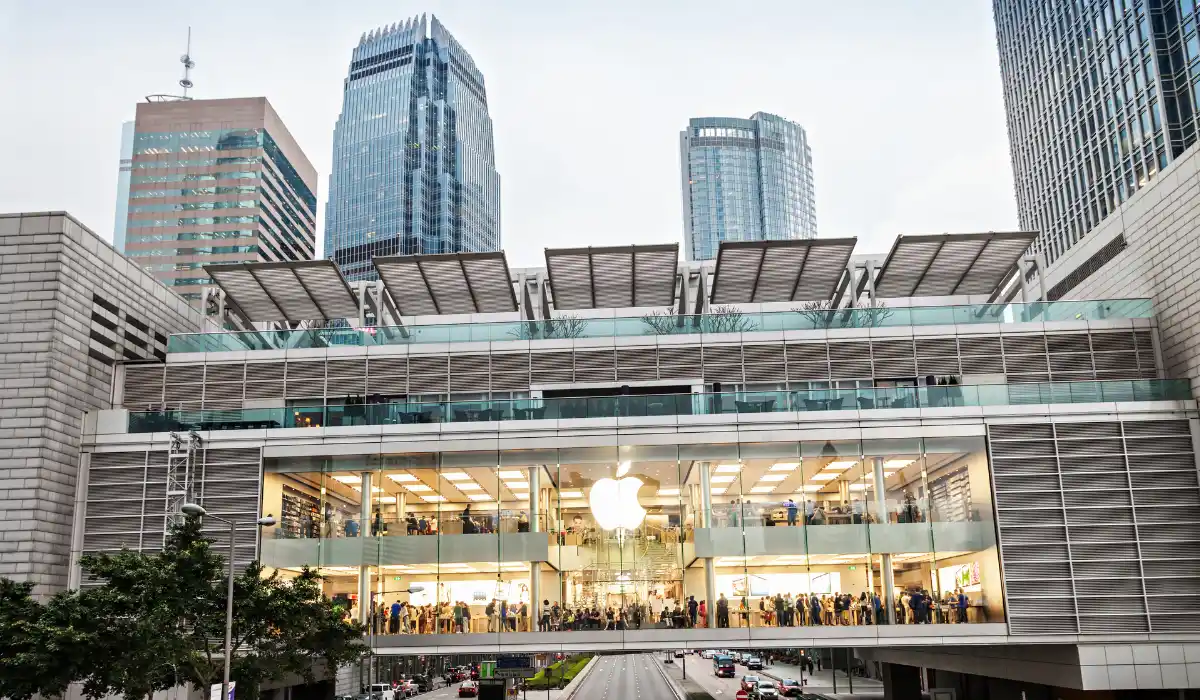
Apple’s Workforce Dilemma: The San Diego Exodus to Austin
Introduction
In a recent development, tech giant Apple has given an ultimatum to 121 of its San Diego-based employees: relocate to Austin or face imminent layoffs. Bloomberg, a reliable source in the tech industry, reported this significant shift, indicating a pivotal moment for both Apple and its workforce.
The Mandate and Deadline
According to Bloomberg’s report, Apple has set a relocation deadline until the end of February for the affected employees. Failure to decide in favor of relocation will result in termination on April 26. This move has stirred conversations within the tech community, raising questions about the impact on the affected workers and the broader implications for the company.
Employee Response and Challenges
The majority of the 121 employees, who are part of the Data Operations Annotations team working on Siri, expressed reluctance to uproot their lives and move to Austin. This poses a unique challenge for Apple, as retaining top-tier talent is crucial for sustaining its innovative edge. The employees’ hesitation reflects a broader sentiment among workers not keen on relocating for their jobs.
Integration with Texas Counterparts
Upon relocation, the San Diego team is set to merge with their counterparts in Texas. This integration strategy sheds light on Apple’s efforts to streamline operations and foster collaboration across its various offices. The Data Operations Annotations team plays a vital role in enhancing Siri’s capabilities, making this consolidation of talent a strategic move for the company.
Apple’s Return-to-Office Mandate
Apple had previously instituted a return-to-office mandate in March, compelling employees to be present in the office at least three days a week. The move was highlighted by Platformer’s Zoë Schiffer, who reported Apple’s use of badge records to monitor attendance. Non-compliance with the mandate led to warnings for staff, demonstrating Apple’s commitment to its new working model.
Company Restructuring and Job Insecurity
In a series of corporate moves, Apple eliminated roles in its corporate retail division in April, requiring staff in the Development and Preservation teams to reapply for their positions or face layoffs. This strategic restructuring aligns with Apple’s ongoing efforts to adapt to market dynamics and optimize its workforce for maximum efficiency.
Apple’s Distinct Approach in the Tech Industry
Unlike its counterparts such as Meta, Amazon, and Google, Apple has managed to avoid significant layoffs in the past year. CEO Tim Cook, in an interview with CNBC, emphasized that layoffs would be a “last resort” and not a current consideration for the company. This distinctive approach to human resource management sets Apple apart in an industry where layoffs are not uncommon.
Market Dynamics: Apple vs. Microsoft
Recently, Microsoft surpassed Apple as the world’s most valuable company, reaching a market cap of $2.89 trillion, while Apple’s valuation slightly dipped to $2.87 trillion. This shift in rankings underscores the dynamic nature of the tech industry and the fierce competition between major players. It raises questions about the strategies these companies will employ to regain or maintain their positions in the market.
Apple’s Global Challenges
Apple faces challenges in the global market, particularly in China, where demand for its iPhones has cooled off. The rise of competitors, notably Huawei, has impacted Apple’s market share. To counter this, Apple is offering discounts of up to $70 on certain iPhone models in China, a tactical move to regain consumer interest and stay competitive.
Future Prospects: Apple’s Vision Pro Headset
In an exciting development, Apple is gearing up to launch its Vision Pro headset in February. Industry analysts predict high demand, with projections suggesting a rapid sell-out shortly after release. This product launch signifies Apple’s continuous commitment to innovation and its relentless pursuit of cutting-edge technology.
Conclusion
Apple’s decision to relocate its San Diego employees to Austin is a strategic move that aligns with the company’s ongoing efforts to optimize its workforce and streamline operations. The broader context of Apple’s return-to-office mandate, corporate restructuring, and global market challenges adds complexity to this development. As the tech giant navigates these changes, its distinct approach and commitment to innovation will likely play a crucial role in shaping its future trajectory.





